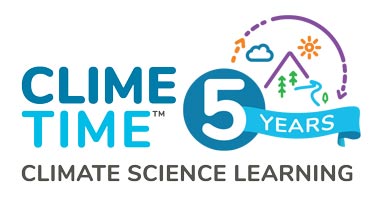Elementary ClimeTime Institute
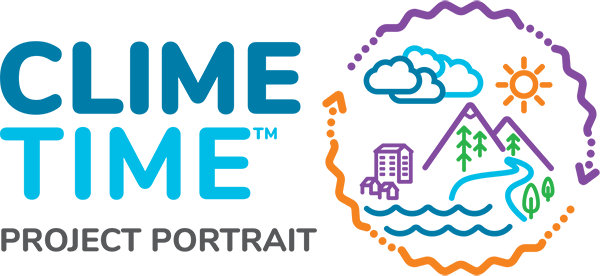
Overview
The Elementary ClimeTime Institute offered by ESD121 created a hybrid professional learning community of K-5 educators who used the phenomenon of poor air quality due to wildfires to learn how to engage with the NGSS science and engineering practices through the pedagogical approaches outlined in the Ambitious Science Teaching (AST) Project.
What We Did
K-5 teachers were recruited from districts with larger numbers of students who are most affected by racial inequities. Our intention was to use the equity stances embedded in the NGSS to help elementary teachers create a more engaging learning experience focused on the interests of their students.
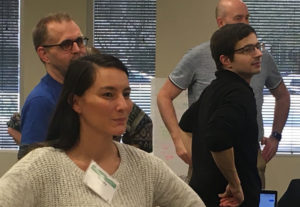 This project built on the expertise of two sets of partners. Washington Green Schools provided support as teachers grappled with the science concepts embedded in an air quality phenomenon that grounded the learning. Three teacher leaders, who had participated in a previous three-year AST project, facilitated much of the learning about AST at the summer institute.
This project built on the expertise of two sets of partners. Washington Green Schools provided support as teachers grappled with the science concepts embedded in an air quality phenomenon that grounded the learning. Three teacher leaders, who had participated in a previous three-year AST project, facilitated much of the learning about AST at the summer institute.
To support teacher learning over the year, we used a hybrid professional learning model that included a three day onsite summer institute followed by six monthly online meetings. During the institute, teachers worked to make sense of our air quality phenomenon. They explored the situation of a young girl who couldn’t go out to play soccer due to air pollution. Engaging with this phenomenon illustrated modeling practices and allowed for engagement in science talk. Learning over time was supported through the use of a summary table. After each learning experience, teachers were given time to reflect on their learning and consider how it could be applied in their own classrooms. These reflective discussions allowed teachers to refine their developing understanding of AST practices that support every learner.
During the 90-minute online Zoom meetings, teachers engaged in more sense-making about the AST practices presented at the institute. The first half of each meeting focused on learning more about our AST practices of using summary tables, student discourse, and modeling. During the second half of each session, teachers reflected on this new learning and shared their practice. They talked about what they had tried in their classrooms, replayed experiences with students, broadcast artifacts they had created, and offered feedback on ways to improve.
What We Learned
The three-day summer institute worked well because it was long enough to engage in phenomena-centered experiences and reflections. However, the monthly online professional learning community gatherings had a few challenges. There was some attrition of teachers between the summer institute and the virtual meetings and teachers found it difficult to commit to a full year of virtual meetings. In response, the course was restructured into segments. Teachers could participate in just the summer institute or the institute plus any number of three-session virtual meeting sequences. Each sequence was designed around one of the AST practices. This adjustment worked well in keeping teachers engaged and focusing learning on a specific strategy.
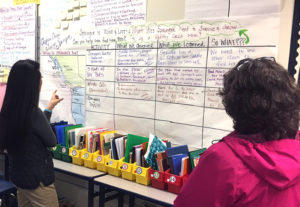 Overall, participant feedback indicated that teachers valued engaging in sense-making with their peers, especially when applying the learnings to their own practice. Participants became more comfortable sharing about novel practices with each other across the course of the project. Teachers also found the experience of engaging as learners valuable for understanding how they would organize learning in their own contexts. All teachers reported that using these new practices greatly improved student engagement in science learning. Some teachers talked about how they saw increases in students’ free choice reading about science topics and their excitement in finding text-based evidence to understand the phenomenon they were studying.
Overall, participant feedback indicated that teachers valued engaging in sense-making with their peers, especially when applying the learnings to their own practice. Participants became more comfortable sharing about novel practices with each other across the course of the project. Teachers also found the experience of engaging as learners valuable for understanding how they would organize learning in their own contexts. All teachers reported that using these new practices greatly improved student engagement in science learning. Some teachers talked about how they saw increases in students’ free choice reading about science topics and their excitement in finding text-based evidence to understand the phenomenon they were studying.
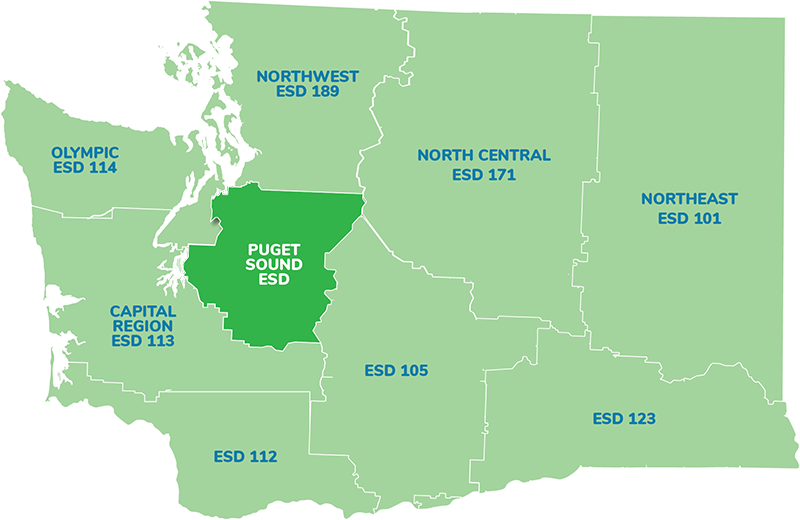
Project Reach
Teachers
Students
Project Partners
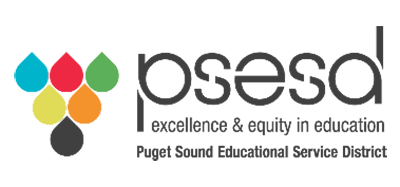
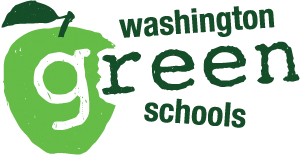

Feedback
Before attending this training, I pretty much did the bare minimum for science. Some years I didn’t really teach it at all. After attending the training I was very excited to teach science in my classroom. This program is a great benefit to my growth as a teacher for my 4th grade students.
I really enjoyed the feedback and opportunity to discuss the science work we are doing. Outside eyes help give a better perspective.
Contact
For more information contact:
Cheryl Lydon, Science Program Manager, Puget Sound ESD 121
CLydon@psesd.org
